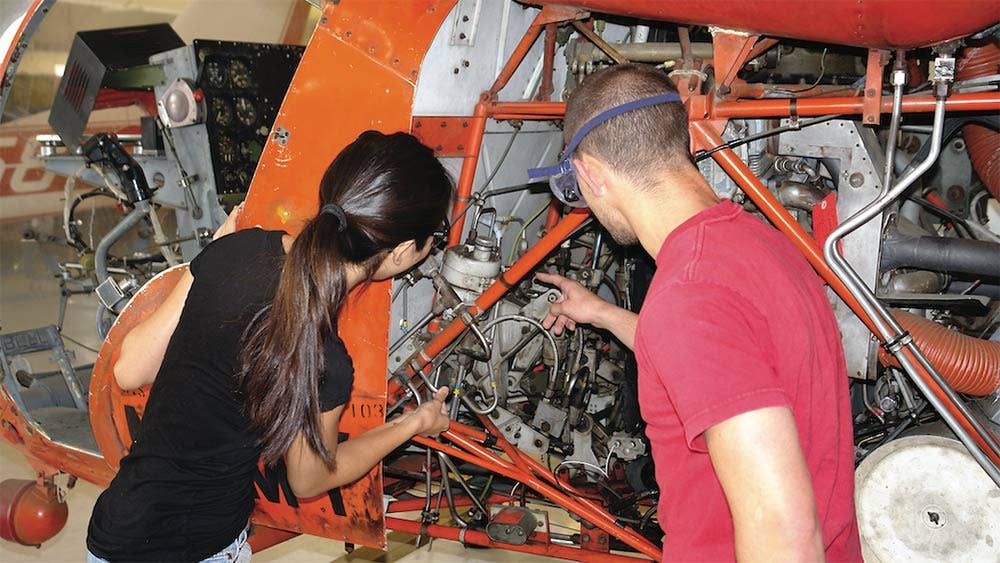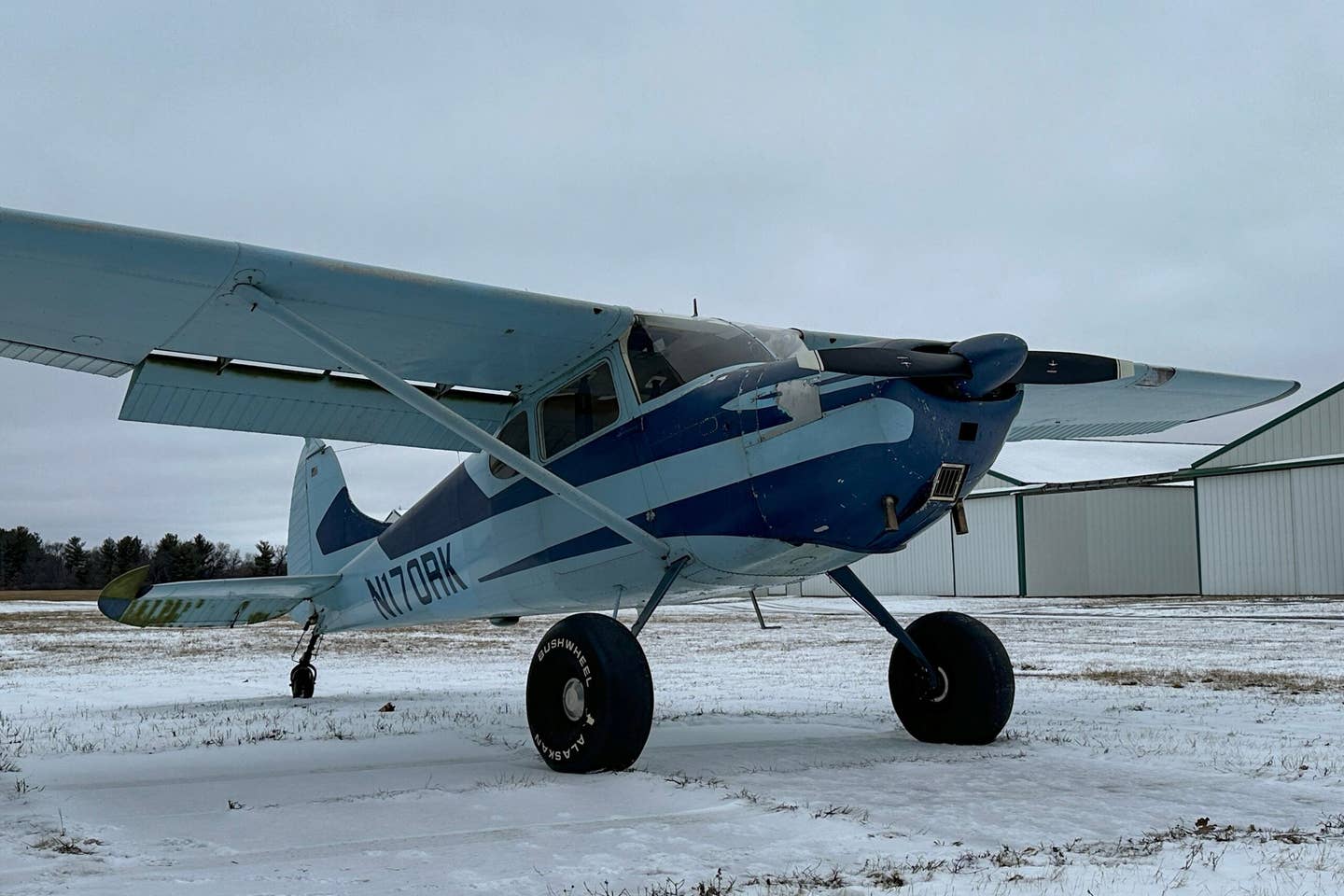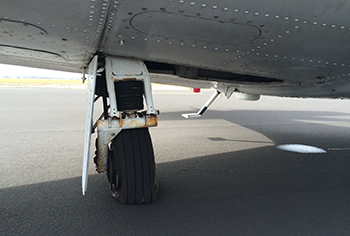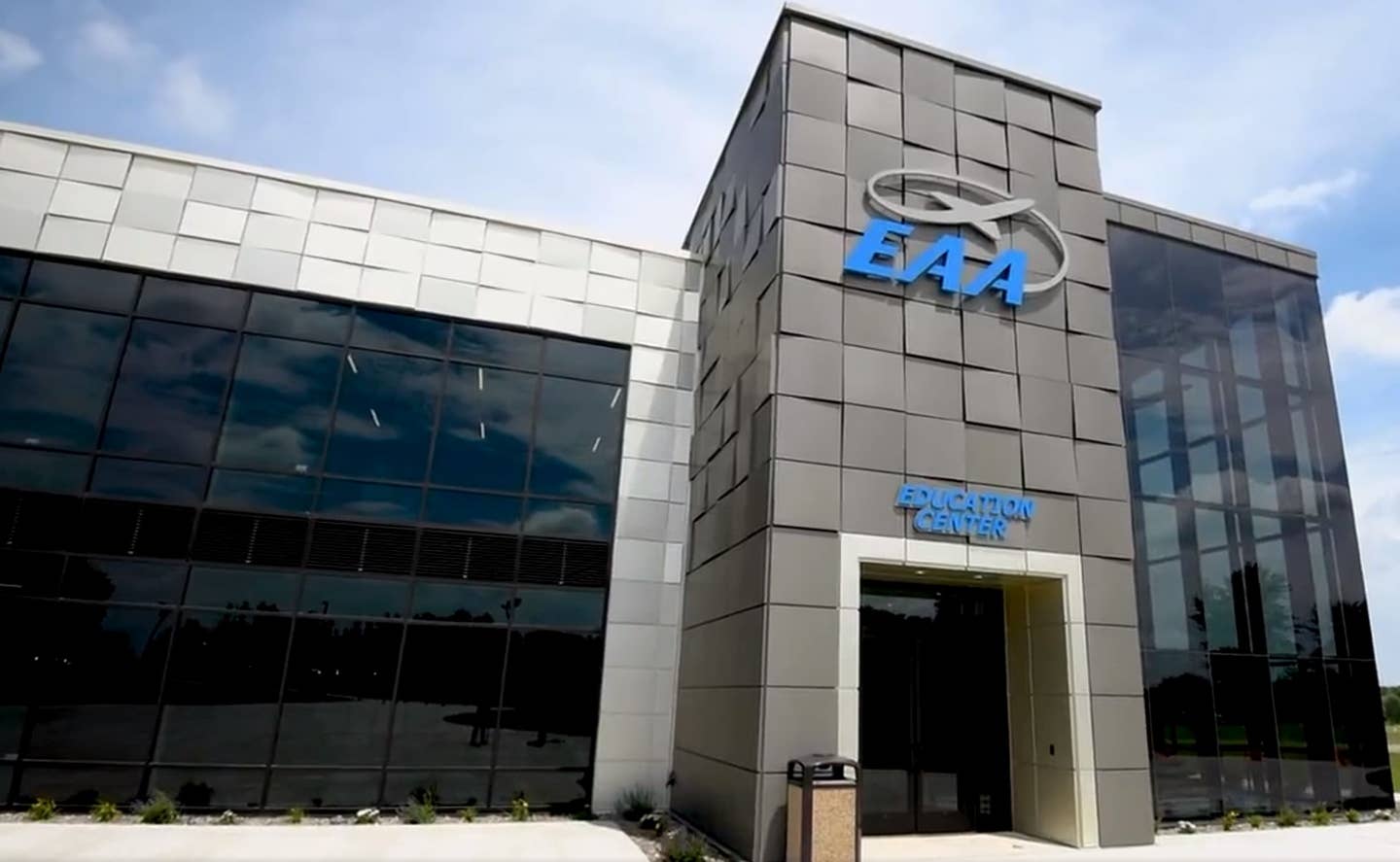Passion and Purpose Fuel Lives and Aircraft
New FLYING columnist will work with you to keep your machinery up and running.
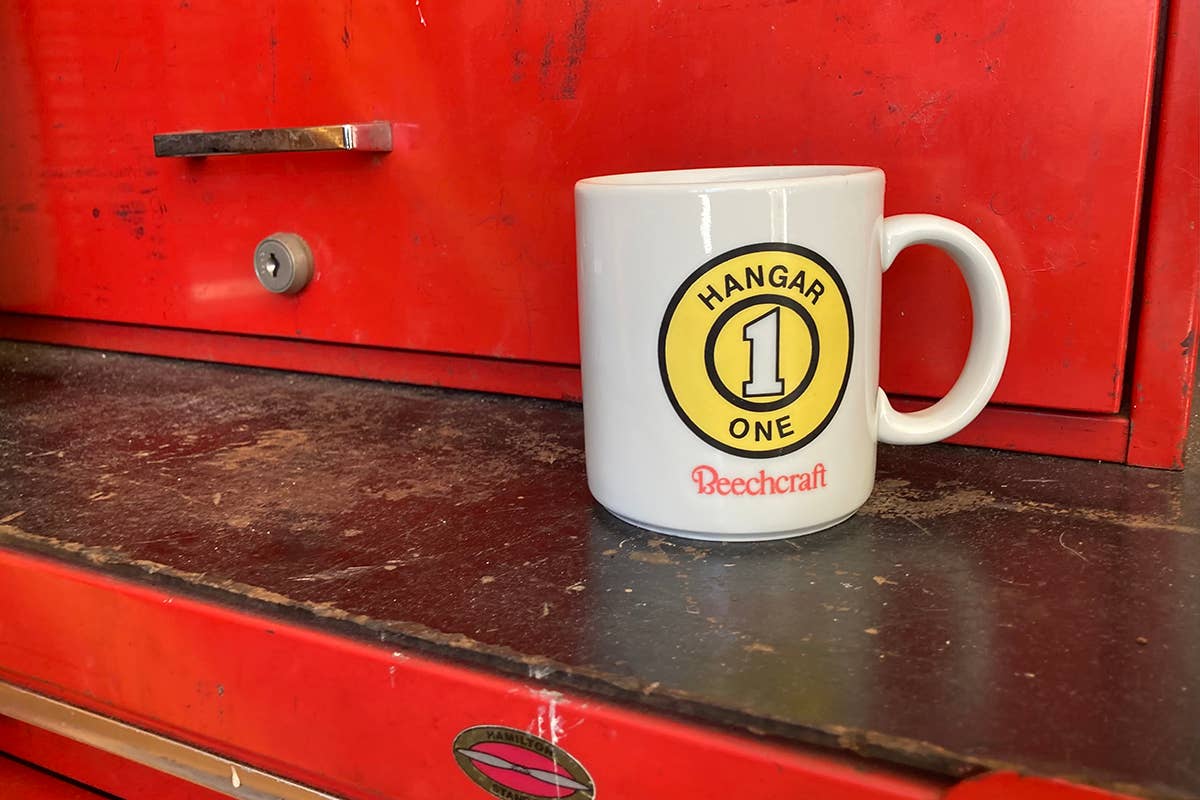
A mug from his father is a constant reminder of the writer’s history with aviation. [Courtesy: Richard Scarbrough]
Your Bonanza is making a funny noise.
That is not at all what you wanted to hear when you pulled out of the hangar and taxied out. Also, during your last trip for a $100 hamburger, the engine didn’t quite make the power you thought it should. What do you do now?
If you have ever asked that question, you are in the right place. Please allow me to introduce myself.
I’m Richard Scarbrough, U.S. Navy aviation veteran, Embry-Riddle Aeronautical University (ERAU) alumnus, and the new aircraft maintenance columnist for FLYING. Consider me your local mechanic on FLYING’s virtual airfield. At ERAU, we often split off into teams to accomplish our goals, and I am proud to be on your team.
“Have a question or a story idea for Richard? Send it to editorial@flying.media.”
I’m here to collaborate with all of you on aircraft maintenance. Consider this a 30,000-foot view on topics important to you as a pilot, business leader, or mechanic.
Twice a month, we will drill down on specific topics to give you all the tools you need in your toolbox to make the best decisions for your aircraft, fleet, or project.
We will touch on rules and regulations, best maintenance practices, helpful resources, aircraft spares, tooling, and much more.
You will learn proper aircraft maintenance and the business outcome and return on investment (ROI) as well. I have spent my career maximizing value while maintaining strict airworthiness guidelines.
This column can also help keep you up to speed on the latest developments, emerging trends, and cutting-edge innovations.
How I Got Here
My experience spans a 30-year career ranging in various roles from an A&P mechanic to a technical sales representative and a maintenance repair and overhaul (MRO) shop owner. At each point along the way, I gained valuable knowledge, learned a few hard lessons, and amassed stories that would take a lifetime to tell.
My passion became my purpose.
My journey began at the age of 10, making sales calls with my father as we stopped at an airfield with a grass landing strip in Plains, Georgia, President Jimmy Carter’s hometown.
That pivotal day I took my first airplane flight in an old high-wing taildragger, and although we only made a few passes around the pattern and up a few dusty backroads, I knew in an instant what I was going to do for the rest of my life.
My father, the late Hugh Fred Scarbrough, Jr., was a sales representative for Beechcraft dealer Hangar One. He covered the southeastern United States. That is his coffee cup sitting on my Snap-On toolbox in the picture.
I suppose you could say that my blood type is 100LL.
After high school, I entered the Navy and trained as an airframe structures mechanic, then earned my airframe and powerplant (A&P) certificate and started work in line maintenance for an airline.
I can say unequivocally that the flight line is the coldest place on earth in the winter and blue blazing hottest in the summer.
Giving Myself the Business
Working in line maintenance was a great experience, and achieving my dream of becoming an A&P fueled my ambition, but something was missing. Passion can be powerful, but that alone will not make a successful career. I know plenty of people passionate about college football, but very few make a living at it. Go Navy! Beat Army!
The Harvard Business Review recently mentioned aligning passion with values and things you care about deeply. That was it. I needed purpose.
It was time to go from the concrete to the carpet.
The aircraft maintenance business and the functioning work of aircraft maintenance align in values, practice, and scope. However, they arrive at the bottom line from very different starting points. I needed to understand the impact of my mechanic work on the income statement of the companies I served. To do so, I worked for several years in corporate aviation as a rotable coordinator and then a sales representative to learn about the economics of aircraft maintenance.
My education in the business side of aviation taught me how to guide my customers by answering the critical questions involved in technical selling, concerning subjects from the landing gear to flight control actuation, pressurization, instrumentation, and more.
It was at this point that my passion became a purpose. How does one safely maintain an airplane without breaking the bank? This topic, among others, is something we will break down every other week.
Over the next decade-plus, I launched and managed two successful aviation start-ups. The first was a distribution business, the second an aircraft engine maintenance shop. The former honed my business skills, and the latter allowed me to turn wrenches when needed.
It was great to bounce back and forth between the carpet and the concrete when the shop was behind. There is nothing more therapeutic than donning some earbuds and stripping a TIO-540-J2BD down to the crankshaft to the chorus of “Detroit, Rock City.”
Knowing both sides of the business gave me that flexibility and the purpose for my work, maximizing the ROI value of every maintenance action.
“I suppose you could say that my blood type is 100LL.”
As an engine shop owner, I learned firsthand how all-encompassing aircraft maintenance could be. Things like training, tool calibration, parts tracking, and identification had to be managed and tracked constantly. Add in FAA drug abatement, human factors, and hazardous material (HazMat)—and the list goes on.
At each phase of my career, I gained valuable knowledge to help navigate the cloudy skies of aircraft maintenance. Yes, there is always a standard work practice but be careful; righty tighty is not always the case 100 percent of the time. Stay tuned if you want to learn more about that.
In this space, we will also have a “Hangar Chat.” Here, we will discuss the finer points of annual inspections, correct magneto timing, camshaft wear, and what happens when you lean out an IO-520-C cylinder too far to save a few pennies at the pump.
What about the future? We will also discuss what looms on the horizon for aircraft, flight departments, and aircraft maintenance. My Bachelor of Science degree in aviation maintenance from ERAU introduced me to several innovations already deployed in the field.
Drones, predictive maintenance, digitization, and remote inspections sound straight from Buck Rogers, but they are well on their way to becoming standard practice.
In coming full circle, I recently re-joined the major airline where I started my career and couldn’t be happier to bring all the knowledge I’ve gained over the years. As an MRO technical analyst, my mission is to manage a line of powerplant repairs, service, overhauls, and parts.
Now that you know my story, I’m ready to hear from you! Bring me your questions, concerns, and head-scratchers. Again, this is a collaborative environment, and I look forward to getting to know you.
Now, if you will excuse me, I have to get back to the hangar.

Sign-up for newsletters & special offers!
Get the latest FLYING stories & special offers delivered directly to your inbox


